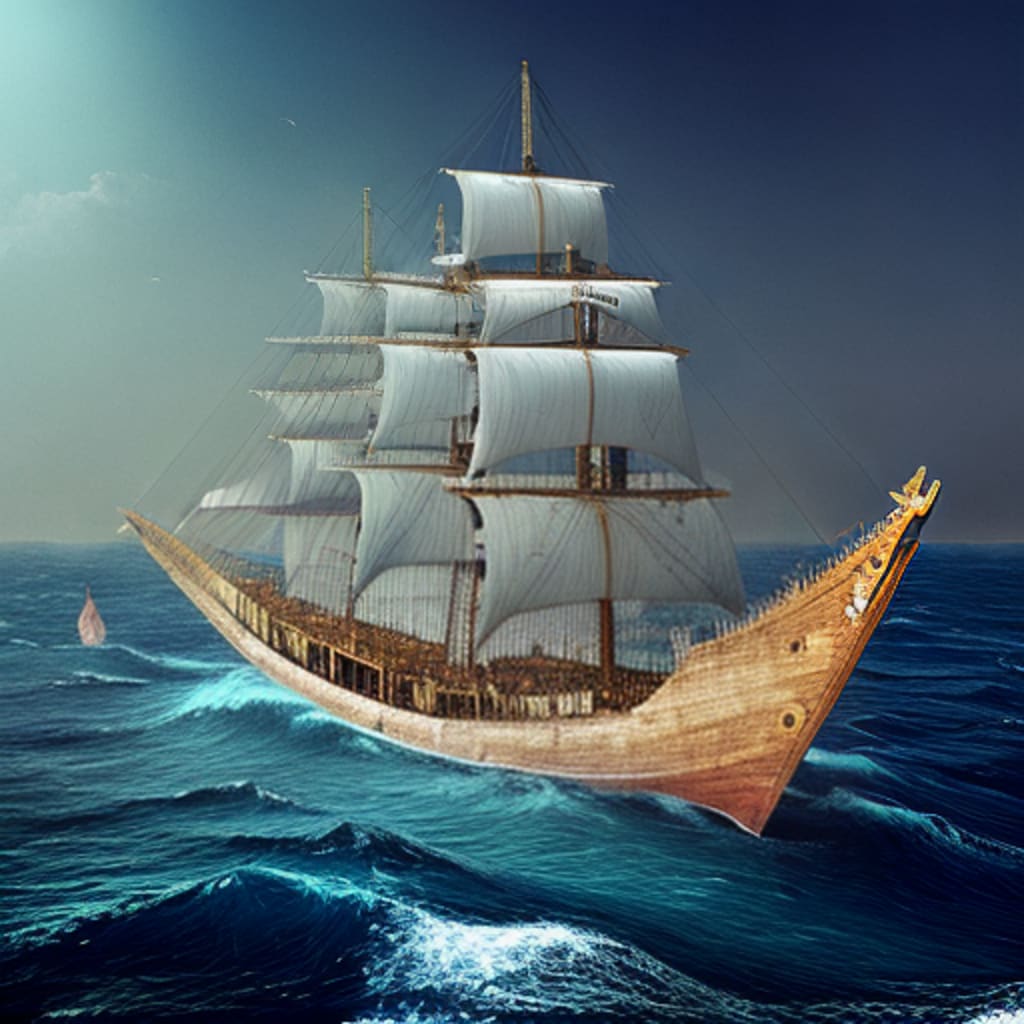The Ship of Theseus Paradox
Exploring Identity and Persistence

The Ship of Theseus paradox, also known as Theseus' paradox, raises profound questions about identity and persistence. It poses a thought experiment centered around a ship and challenges our understanding of what it means for an object to remain the same over time, despite undergoing continuous changes. In this article, we delve into the Ship of Theseus paradox, provide a clear explanation, and explore several examples that highlight its philosophical implications.
The paradox derives its name from the ancient Greek legend of Theseus, a mythical hero who sailed on a ship known as the Argo. As the Argo aged, its worn-out parts were gradually replaced with new ones to maintain its seaworthiness. The fundamental question that arises is this: If all the original planks, sails, and other components of the Argo were replaced, would it still be considered the same ship?
The paradox can be understood by considering the following scenario:
Imagine a ship named the Theseus' Ship, composed of wooden planks. Over time, due to wear and tear, some of the planks begin to deteriorate and are replaced with new ones. This process continues gradually, with each decayed plank being substituted with a fresh plank. Eventually, every original plank has been replaced. The question then arises: Is the ship that remains still the Ship of Theseus?
On one hand, proponents argue that the Ship of Theseus is more than just the sum of its physical components. They claim that its identity lies in its form, function, and the continuous lineage it represents. According to this perspective, as long as the ship's structure and purpose remain intact, it should still be considered the same ship, even with entirely new materials.
On the other hand, critics contend that the replacement of every single part raises doubts about the ship's identity. They argue that the original ship ceases to exist when all its original components have been replaced. From their perspective, the Ship of Theseus becomes a different entity, despite its outward resemblance and functionality.
To further illuminate the paradox, let's explore a few examples where similar identity and persistence issues arise:
1) Grandfather's Axe: Imagine a cherished family heirloom—an axe that has been passed down through multiple generations. As time goes by, the handle becomes worn and is replaced. Eventually, the axe head also deteriorates and is substituted. Despite the gradual replacement of all its parts, family members still refer to it as "Grandfather's Axe." The paradox emerges: Is it truly the same axe, or has it transformed into a different object altogether?
2) Human Identity: The Ship of Theseus paradox can also be applied to the realm of personal identity. Consider a hypothetical scenario where every cell in a person's body is gradually replaced with new cells. Over time, the individual has an entirely different set of cells, yet they continue to identify as the same person. This raises questions about the nature of personal identity—what constitutes the essence of a person beyond the physicality of their body?
3) Restoration of Artifacts: In the field of archaeology and restoration, similar identity debates arise when conservators repair ancient artifacts. Suppose an ancient pottery vessel is discovered in fragments and undergoes meticulous reconstruction. In the process, broken pieces are replaced with new material to restore its original form. However, a philosophical question emerges: Is the restored artifact the genuine ancient object, or has it become a modern replica?
The Ship of Theseus paradox challenges our conventional understanding of identity and persistence. It questions whether an object's identity lies in its material composition, its form and function, or its historical continuity. While there is no definitive answer, the paradox encourages us to contemplate the nature of existence and the complexities of identity over time.
One possible resolution to the paradox is the concept of "temporal parts" or stages. According to this view, an object can be understood as a series of temporal stages, each representing a snapshot of its existence at a specific moment. From this perspective, the Ship of Theseus can be seen as a collection of stages that are causally connected, even though the physical components may have changed.
In conclusion, the Ship of Theseus paradox challenges our intuitions about identity and raises profound questions about persistence. It serves as a reminder that the concepts of sameness and continuity are intricate and multifaceted. By exploring this paradox, we are prompted to reevaluate our understanding of objects, personal identity, and the nature of existence itself.
About the Creator
Abdul Rehman
A new content writer with fresh articles and stories to entertainment the audience and to give them factual information. There will be varieties of different topics to read and people will learn new things from me






Comments
There are no comments for this story
Be the first to respond and start the conversation.